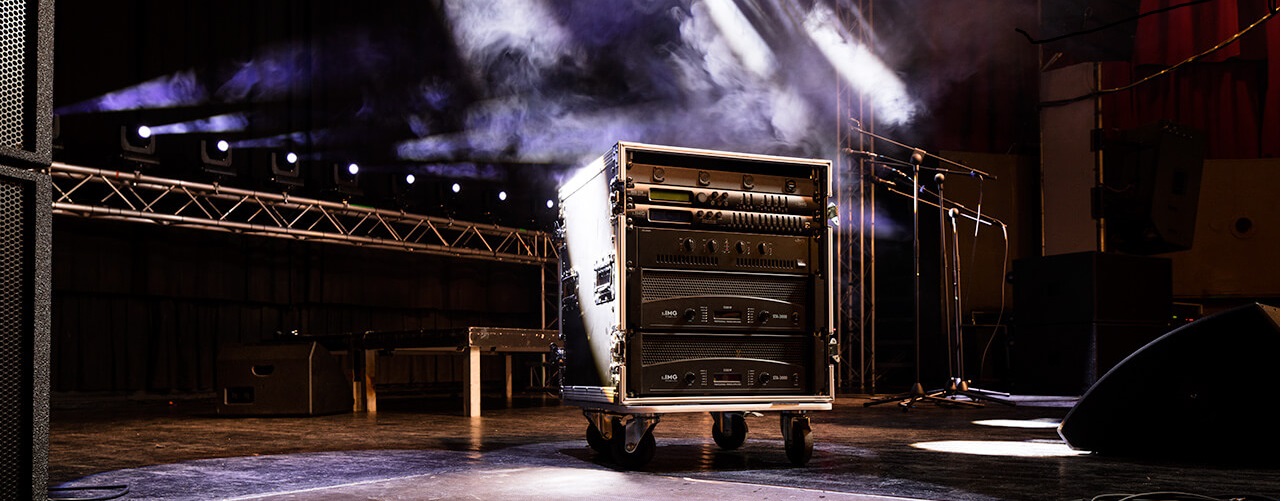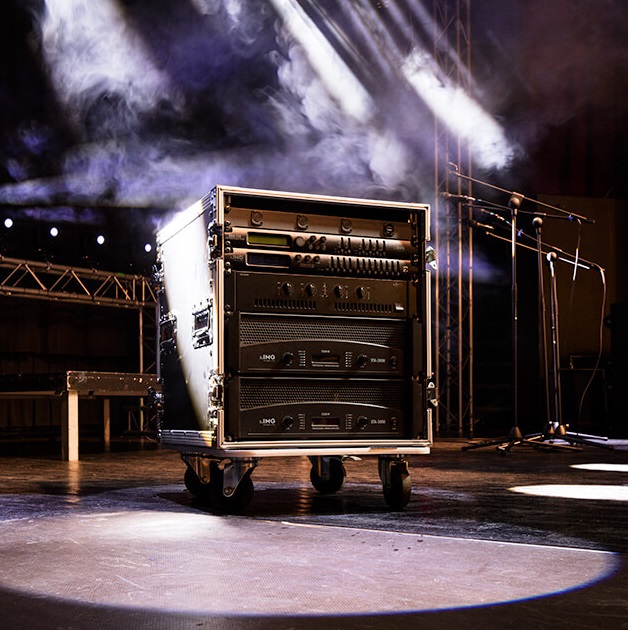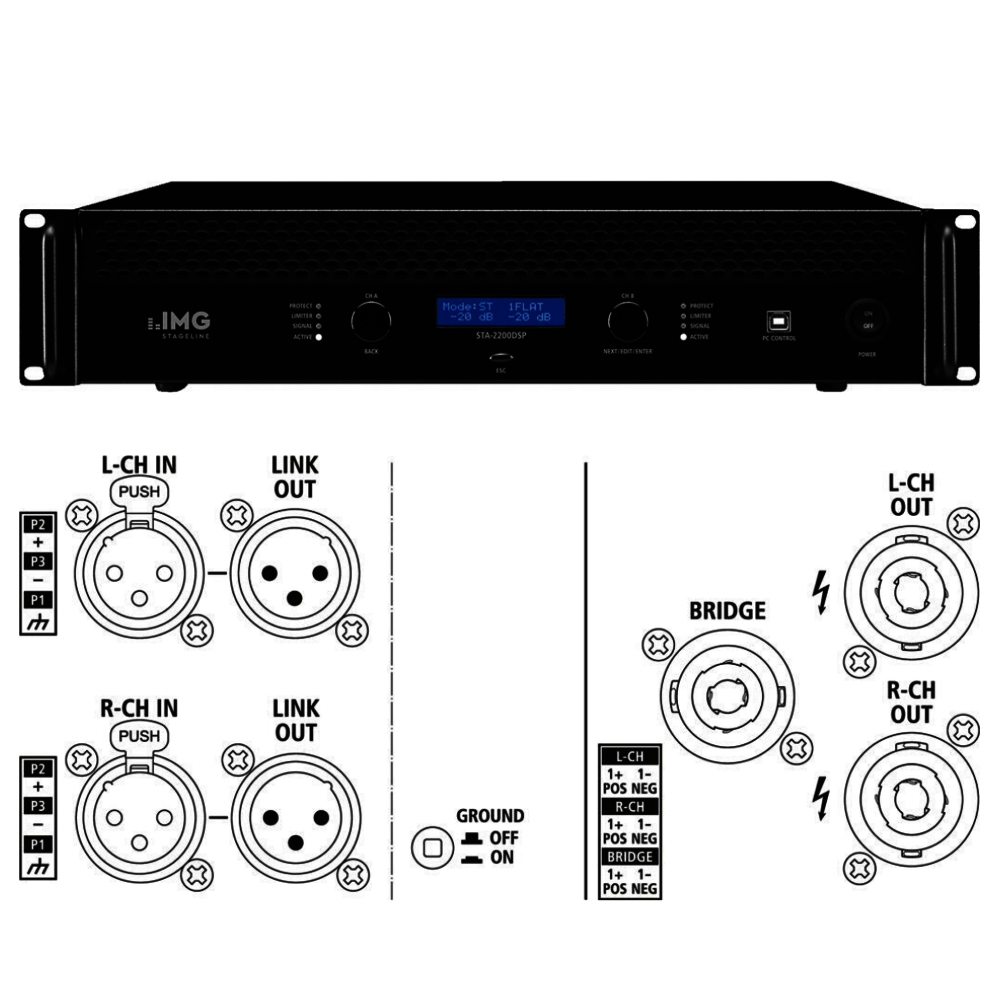You got passion on stage and movement in front of it. The sound engineer is standing relaxed at the mixer in the fenced-in area, is drinking something caffeinated, while the PA system is supplying the club with guitar riffs and bass massages. This scenario is only possible thanks to the little helpers in the background. The PA amplifier is amplifying an electrical signal almost unnoticed, is negotiating between mixer and passive PA speakers and thus ensures that the speakers provide sufficient sound. And here, you can find our analogue and digital PA amplifiers.










